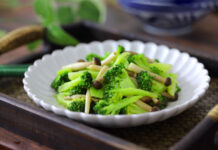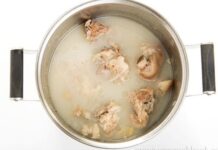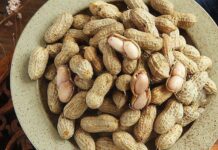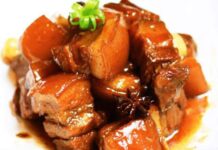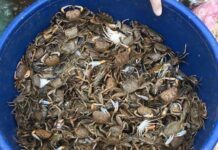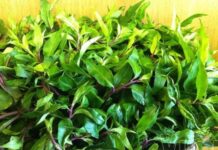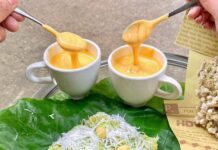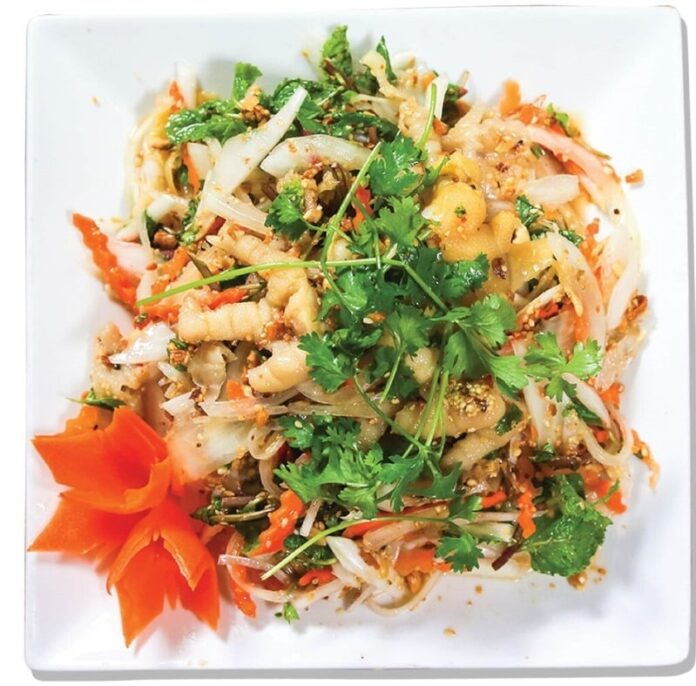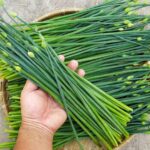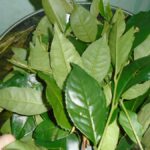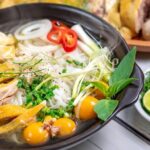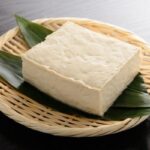Coriander, the Secret Ingredient in Vietnamese Cuisine
Coriander, also known as cilantro, is an essential herb in Vietnamese cuisine. It’s not just a garnish on dishes like pho, bun, and porridge; coriander also adds a unique touch to salads, spring rolls, and banh mi sandwiches, creating a delicate yet captivating flavor.
A hot bowl of soup feels incomplete without a sprinkle of finely chopped coriander, as if it’s missing a part of its essence—a touch of the culinary soul of Vietnam.
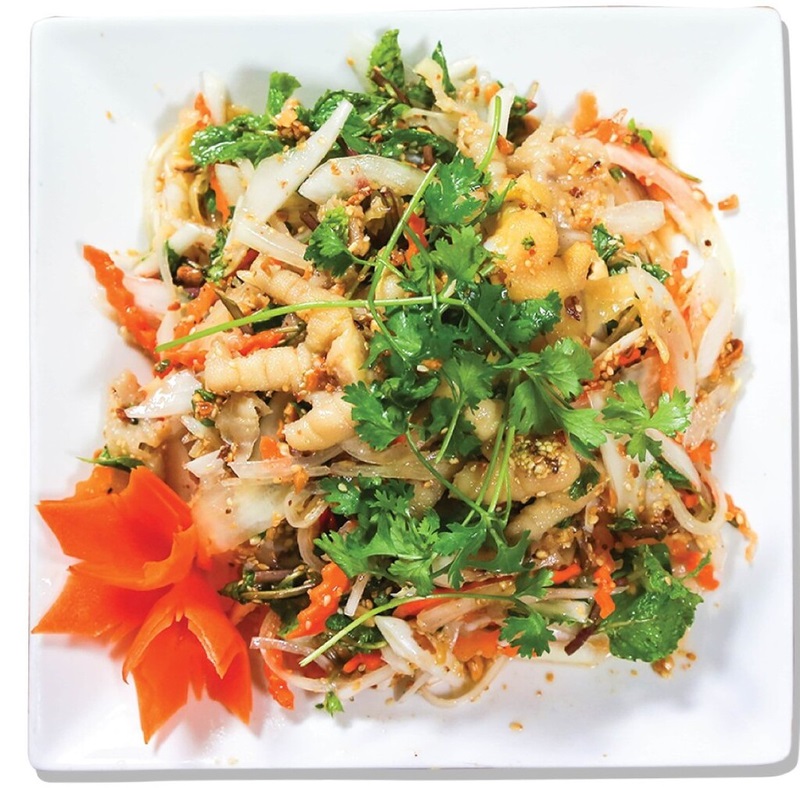
Coriander, the Familiar Aromatic Herb in Vietnamese Cuisine
Easy Homegrown Coriander: Harvest in Just 10 Days
According to Danviet, coriander is an easy-to-grow plant that isn’t too fussy about soil type. As long as the soil is loose and well-drained, it will thrive. Typically, coriander is grown during the winter-spring season when the weather is cooler, as excessive heat can stunt its growth and cause it to flower prematurely.
To ensure a healthy crop, start by preparing the soil thoroughly. Till the soil, remove any weeds, and add some organic fertilizer to boost its nutritional content.
Before sowing, soak the coriander seeds in warm water for half a day, then gently rub them to split the outer shell. This helps the seeds germinate faster. When sowing, spread the seeds evenly on the bed, cover them with a thin layer of soil, and maintain moisture by gently misting the area daily.
Within a week, you’ll see tiny green sprouts emerging. Coriander is a fast-growing herb, and in about three weeks, you’ll be able to harvest the leaves. When cutting, leave about 2-3cm of the stem, and continue to water regularly to encourage new growth.
With a little care and attention, your coriander plant will thrive, providing you with a constant supply of fresh leaves throughout the year.
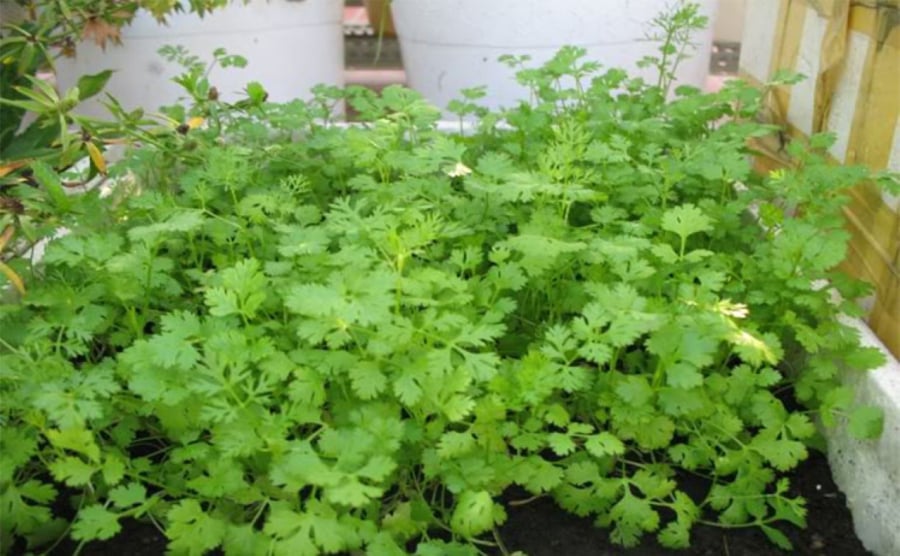
Grow Your Own Coriander at Home in Just 10 Days
The Aromatic Herb with Surprising Benefits
Coriander adds a special touch to many dishes. A steaming bowl of beef pho is elevated with a sprinkle of chopped coriander, enticing diners with its captivating aroma. It’s also a key ingredient in chicken salad, where it adds a refreshing note and balances the richness of the dish.
Coriander is versatile and can be enjoyed raw with bread, wrapped in spring rolls, or stir-fried and grilled. Connoisseurs of Vietnamese cuisine believe that coriander has a unique flavor—subtle yet distinct, adding harmony and balance to any dish.
Beyond its culinary uses, coriander is also valued in traditional medicine. According to PGS.TS Nguyen Thi Lam, former Vice Director of the National Institute of Nutrition: “Coriander is rich in vitamin C, carotene, and antioxidants, which boost immunity, improve digestion, and support cardiovascular health.”
Coriander is also known for its ability to relieve colds and coughs and warm the body during cold days. In traditional practices, coriander tea is used to induce sweating and reduce fever.
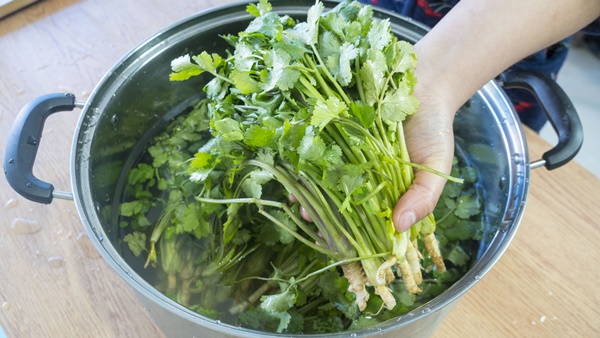
The Beauty Benefits of Coriander
Many women swear by the beauty benefits of coriander, using coriander juice as a natural facial cleanser to achieve clear, glowing skin and combat acne thanks to its antibacterial properties.
Coriander holds a special place in Vietnamese culture, not just in the kitchen but also in traditional customs. It is customary to bathe with coriander leaves on the last day of the year, as it is believed to wash away bad luck and purify the body and mind, welcoming the new year with renewed vitality.
Eighty-year-old Mrs. Minh from Ha Dong, Hanoi, reminisces: “When I was young, my mother would boil a pot of coriander water for the family to bathe in on the evening of the 30th of Tet. The fragrant steam filled the house, and it felt like we were leaving all the worries of the old year behind, starting the new year with a calm mind.”
Even in modern times, many people continue this tradition, connecting with their cultural roots.
Coriander, though small, holds a significant place in Vietnamese cuisine and culture. It enhances the flavor of dishes, offers nutritional and medicinal benefits, and plays a role in traditional customs. From the humble fields to the family dinner table, coriander is an integral part of daily life, evoking warm memories of hearty meals and the pure, fragrant essence of Vietnam.
The Ultimate Guide to a Mouth-watering, Flavourful Fish Stew: A Secret Ingredient that will Make Everyone Beg for More!
“Unleash the secret weapon for your culinary creations – a handful of fresh herbs! With this simple addition, your humble fish stew will be transformed into a masterpiece that will have your guests raving. It’s an easy yet powerful trick that will elevate your dish to new heights of flavor and aroma.”
The Unassuming Weed: A Tasty Treat Now Selling at 90,000 VND per kg.
This particular tree is commonly found growing wild along fences and wastelands in the Central and Southwestern regions of Vietnam. With its distinct sour-tasting leaves and buds, it has become a key ingredient in many local specialties, offering a refreshing respite from the sweltering summer heat.











